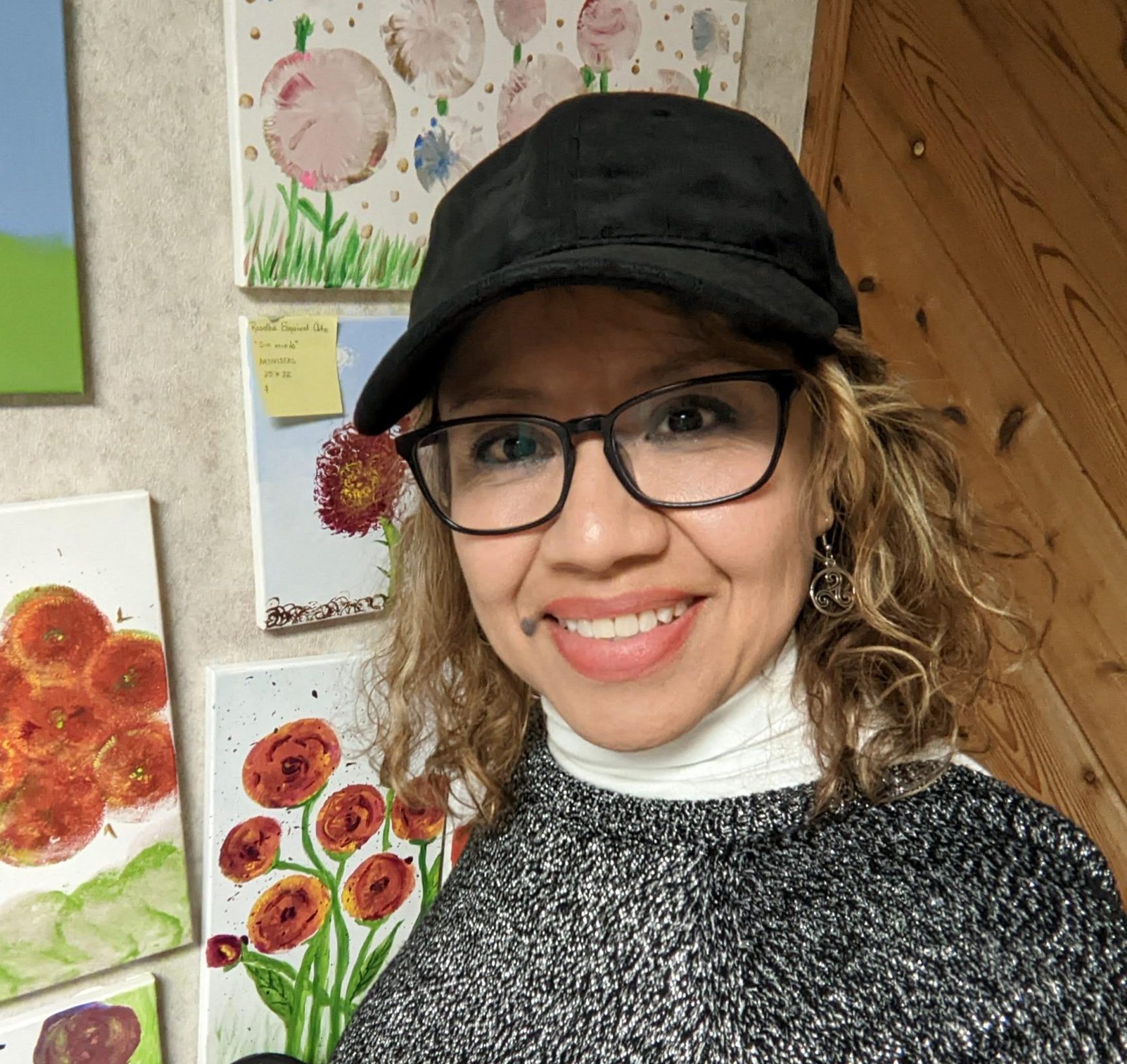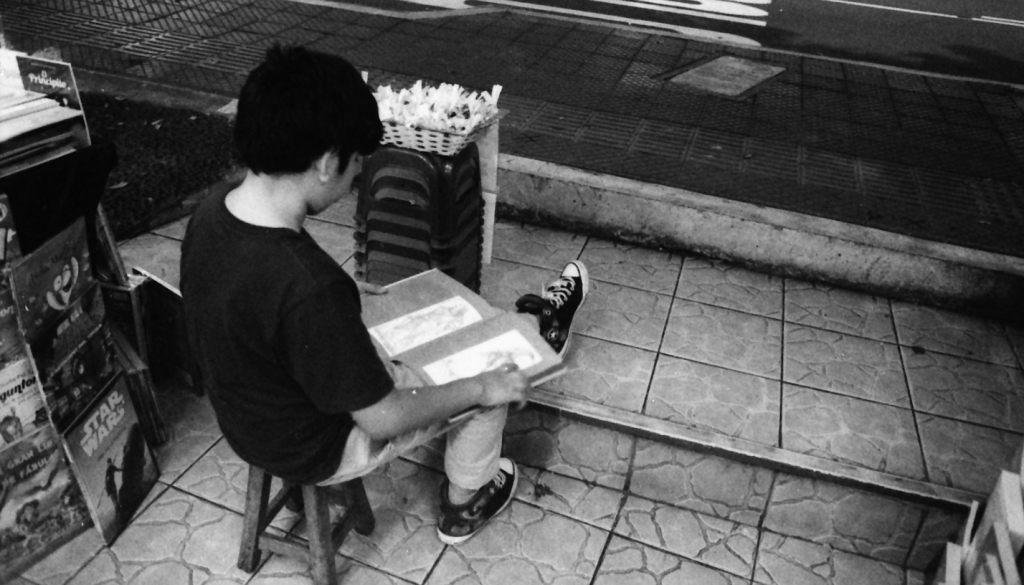
Por Lis Pérez Quispe
Click here for English version
En el largo camino que está trazado en nuestras vidas, he conocido a muchas mujeres que luchan cada dia, que sueñan y caminan paso a paso mientras construyen sus familias y paralelamente se van transformando.
Los sueños que cada una tiene, en medio de un país en crisis, parece tan lejos,
tan inalcanzable, pero a la vez, tan en nuestras manos cuando cogemos lápices de colores y le ponemos color a nuestros sueños.
Somos mujeres que sonreímos aquí y ahora, dibujamos nuestras metas, delineamos nuestros caminos que nos llevan juntas a escribir quienes somos, de donde venimos y a dónde vamos.

Queremos seguir soñando hasta lograr llegar a ese inmenso azul sin final.
Queremos soñar que todo es posible hasta conocer lo mas increíble algo mágico como delfines que nos rodean en el mar, llevándonos a lo más profundo que nadie se imaginó.

Queremos soñar despiertas, muy despiertas, para sentir el fuego de la esperanza a flor de piel porque a cada una de nosotras nada nos detendrá.

Ya empezamos, ya estamos en el camino, ya estamos dejando huellas imborrables en el alma de nuestros hijos e hijas que continuarán el camino de transformación.

English Version:
TRANSFORMATIVE WOMEN
In the long path that is outlined in our lives, I have met many women who fight every day, who dream and walk step by step while they build their families and at the same time they are transforming.
The dreams that each one has, in the middle of a country in crisis, seem so far away, so unattainable, but at the same time, so in our hands when we take colored pencils and add color to our dreams.
We are women who smile here and now, we draw our goals, we outline our paths that lead us together to write who we are, where we come from and where we are going.

We want to continue dreaming until we reach that immense blue without end.
We want to dream that everything is possible until we know the most incredible thing, something magical like dolphins that surround us in the sea, taking us to the depths that no one imagined.
We want to dream awake, very awake, to feel the fire of hope on the surface because nothing will stop each of us.
We have already started, we are already on the path, we are already leaving indelible marks in the souls of our sons and daughters who will continue the path of transformation.
Lis Vania Pérez
Peruvian public school teacher, specialist in Reading and Writing Programs for school-age children. Founder and Manager of the Quijote Project in the AAHH Santa Rosa district of Puente Piedra, Lima Peru.






